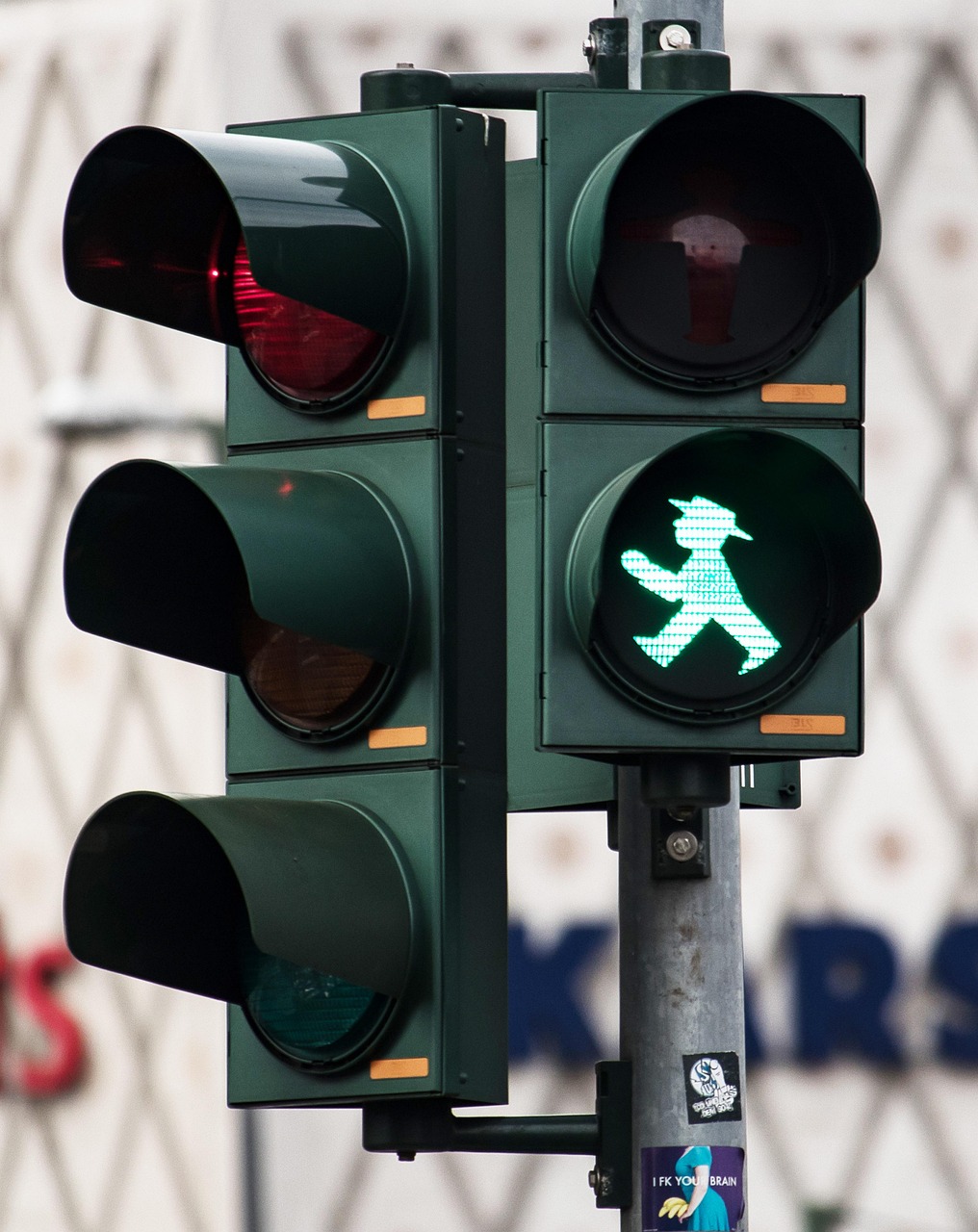TASK 2 (AGREE OR DISAGREE): TRAFFIC SAFETY
People think that the best way to improve road safety is to increase the minimum legal age for driving a car or motorbike. To what extent do you agree or disagree?
Sample Answer
There has been contentious debate as to whether the optimal strategy to promote road safety lies in raising the minimum legal age for operating private vehicles, with fervent advocates on both sides citing valid arguments. Despite the legitimate reasoning underpinning this proposal, transport safety, in my opinion, can only be reinforced through a multifaceted approach.
Proponents of an elevated legal threshold for driving rightly highlight the risks associated with young motorists. They argue that youth is often characterised by recklessness, disobedience, and a high tolerance for consequences. For this reason, it is not uncommon to witness reports of juvenile delinquency in many forms, ranging from vandalism to petty theft and other criminal offences. This tendency also extends to road use, where young drivers, lacking heightened awareness of their own safety and that of others, are more inclined to violate traffic rules and commit offences such as speeding, road rage, and drunk driving, thereby jeopardising lives and undermining public safety.
However, age is merely one factor among numerous others contributing to traffic issues, such as mental stability, individual temperament, and driving experience. To suggest that regulating the minimum legal age is the most effective strategy for improving road safety is to overlook other, equally—if not more—critical factors.
In my view, transport safety can best be enhanced through a holistic approach involving all stakeholders. From an investment standpoint, governments should allocate resources to the provision, expansion, and maintenance of road and public transport infrastructure. This could include constructing dedicated lanes for different types of vehicles, expanding interstate highways, and rectifying defects that endanger commuters. Such initiatives would reduce accidents by minimising collisions, eradicating blind spots, and eliminating hazardous obstacles. Complementing these measures should be the enforcement of stricter penalties for traffic violations, such as heavy fines, licence suspension, and credit deductions for offences like drunk driving, speeding, and running red lights. Finally, awareness campaigns can empower communities to adopt greater responsibility for their own safety and that of fellow commuters.
In conclusion, while raising the minimum legal driving age may offer some benefits, its efficacy is limited and less practical compared with a collaborative, multifaceted strategy encompassing infrastructure improvement, stringent law enforcement, and heightened public awareness.
Marking by Chat GPT
TỪ VỰNG HAY
People think that the best way to improve road safety is to increase the minimum legal age for driving a car or motorbike. To what extent do you agree or disagree?
There has been contentious debate as to whether the optimal strategy to promote road safety lies in raising the minimum legal age for operating private vehicles, with fervent advocates on both sides citing valid arguments. Despite the legitimate reasoning underpinning this proposal, transport safety, in my opinion, can only be reinforced through a multifaceted approach.
Proponents of an elevated legal threshold for driving rightly highlight the risks associated with young motorists. They argue that youth is often characterised by recklessness, disobedience, and a high tolerance for consequences. For this reason, it is not uncommon to witness reports of juvenile delinquency in many forms, ranging from vandalism to petty theft and other criminal offences. This tendency also extends to road use, where young drivers, lacking heightened awareness of their own safety and that of others, are more inclined to violate traffic rules and commit offences such as speeding, road rage, and drunk driving, thereby jeopardising lives and undermining public safety.
However, age is merely one factor among numerous others contributing to traffic issues, such as mental stability, individual temperament, and driving experience. To suggest that regulating the minimum legal age is the most effective strategy for improving road safety is to overlook other, equally—if not more—critical factors.
In my view, transport safety can best be enhanced through a holistic approach involving all stakeholders. From an investment standpoint, governments should allocate resources to the provision, expansion, and maintenance of road and public transport infrastructure. This could include constructing dedicated lanes for different types of vehicles, expanding interstate highways, and rectifying defects that endanger commuters. Such initiatives would reduce accidents by minimising collisions, eradicating blind spots, and eliminating hazardous obstacles. Complementing these measures should be the enforcement of stricter penalties for traffic violations, such as heavy fines, licence suspension, and credit deductions for offences like drunk driving, speeding, and running red lights. Finally, awareness campaigns can empower communities to adopt greater responsibility for their own safety and that of fellow commuters.
In conclusion, while raising the minimum legal driving age may offer some benefits, its efficacy is limited and less practical compared with a collaborative, multifaceted strategy encompassing infrastructure improvement, stringent law enforcement, and heightened public awareness.
Vocabulary
- contentious debate – tranh cãi gay gắt
- optimal strategy – chiến lược tối ưu
- promote road safety – thúc đẩy an toàn giao thông
- minimum legal age – độ tuổi tối thiểu hợp pháp
- fervent advocates – những người ủng hộ nhiệt thành
- valid arguments – lập luận hợp lý
- legitimate reasoning – lý lẽ chính đáng
- multifaceted approach – cách tiếp cận đa chiều
- elevated legal threshold – ngưỡng pháp lý cao hơn
- risks associated with – rủi ro liên quan đến
- recklessness – sự liều lĩnh
- high tolerance for consequences – sự chấp nhận hậu quả cao
- juvenile delinquency – tội phạm vị thành niên
- heightened awareness – nhận thức cao hơn
- violate traffic rules – vi phạm luật giao thông
- jeopardising lives – gây nguy hiểm đến tính mạng
- undermining public safety – làm suy giảm an toàn cộng đồng
- holistic approach – cách tiếp cận toàn diện
- investment standpoint – góc độ đầu tư
- provision, expansion, and maintenance – cung cấp, mở rộng và bảo trì
✔ DÀN Ý
Mở bài
- Có tranh cãi gay gắt về việc tăng độ tuổi tối thiểu lái xe để nâng cao an toàn giao thông.
- Ý kiến cá nhân: chỉ tăng tuổi lái xe là chưa đủ → cần cách tiếp cận đa chiều (multifaceted approach).
Thân bài 1 – Quan điểm ủng hộ tăng tuổi
- Thanh niên thường có recklessness (liều lĩnh), disobedience (không tuân thủ), và high tolerance for consequences.
- Dẫn đến: juvenile delinquency (hành vi phạm pháp tuổi trẻ) → dễ violate traffic rules: phóng nhanh, say xỉn, road rage.
- Hậu quả: jeopardising lives (nguy hiểm tính mạng) & undermining public safety (đe dọa an toàn cộng đồng).
Thân bài 2 – Hạn chế của giải pháp này
- Age chỉ là một yếu tố → còn nhiều yếu tố khác: mental stability, temperament, driving experience.
- Chỉ tập trung vào tuổi = bỏ qua những yếu tố quan trọng khác.
Thân bài 3 – Giải pháp toàn diện
- Cơ sở hạ tầng: đầu tư provision, expansion, maintenance → xây dedicated lanes, rectify defects, mở rộng đường cao tốc.
- Giúp reduce accidents, eradicate blind spots, loại bỏ vật cản.
- Pháp luật: enforcement of stricter penalties → phạt tiền nặng, tước bằng, trừ điểm tín dụng.
- Nhận thức cá nhân: awareness campaigns → cộng đồng có heightened awareness và trách nhiệm với bản thân & người khác.
Kết bài
- Tăng tuổi lái xe: có lợi nhưng hiệu quả hạn chế.
- Giải pháp tốt nhất: collaborative, multifaceted strategy = hạ tầng + luật nghiêm + nâng cao nhận thức.


